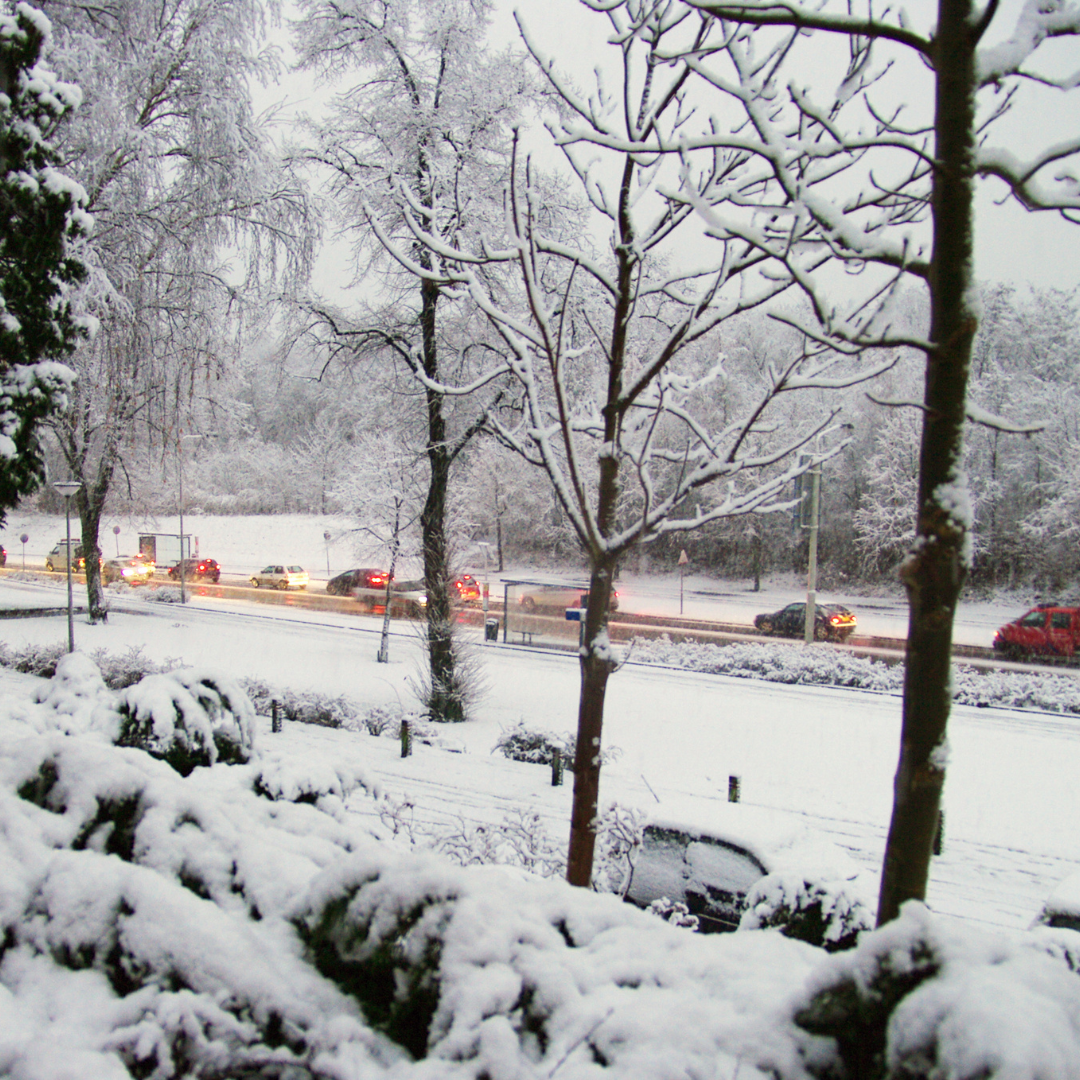This winter has been a bonanza for slip and fall accidents caused by ice and snow. Roadways, sidewalks and parking lots became treacherous traps for the unwary. However, slip and fall cases due to ice and snow are challenging cases for attorneys to pursue because the law generally does not hold a landowner responsible for naturally occurring conditions. A property owner does have a responsibility to clear abutting sidewalks and businesses must clear parking lots and other areas of pedestrian traffic in a timely fashion, but once the snow is shoveled and salt is spread, it is difficult to hold the property owner responsible for hazards that reappear such as black ice.
In Pennsylvania, snow and ice slip and fall accidents are controlled by a doctrine known as the “Hills and Ridges” Doctrine. In plain English, what the doctrine requires is some evidence that the snow and ice was present in sufficient ridges or elevations to obstruct travel and for a sufficient duration that the property owner should have known about it and taken remedial action. The “Hills and Ridges” Doctrine is easier explained through examples. Where a parking lot was plowed after a snowstorm and the plaintiff stepped out of her car and fell on a large patch of ice, the court dismissed the case. The court ruled that the ice did not obstruct travel and, due to a recent storm and generally slippery conditions, the property owner had taken reasonable steps to clear the parking lot. In another case, however, where plowing created a barrier between parking lot and sidewalk and the plaintiff fell while attempting to climb over, the court allowed the jury to consider whether the property owner failed to provide reasonable access to the sidewalk.
As with most legal doctrines, there are always exceptions. The Hills and Ridges Doctrine only applies when there are generally slippery conditions prevailing in the community. I settled a case in which the parking lots and even several areas of sidewalk in a community association were bone dry, but the maintenance crew had given up on one particular stretch of sidewalk judging the ice there to be too thick to warrant the effort. The doctrine also does not apply when a property owner’s actions, rather than naturally occurring conditions, causes the ice or snow build-up. The best example of this exception is where a downspout discharges water onto a pedestrian pathway which then freezes and creates a frozen pool.
The theory underlying the Hills and Ridges Doctrine is that pedestrians are more aware of the potential to slip and fall when there are generally slippery conditions prevailing after inclement weather. The law thus charges them with exercising greater caution. However, as more time passes after a storm event, or in the case of property owner actions causing a slippery condition, the duty to exercise care becomes greater on the property owner and lessens on the injured party.

